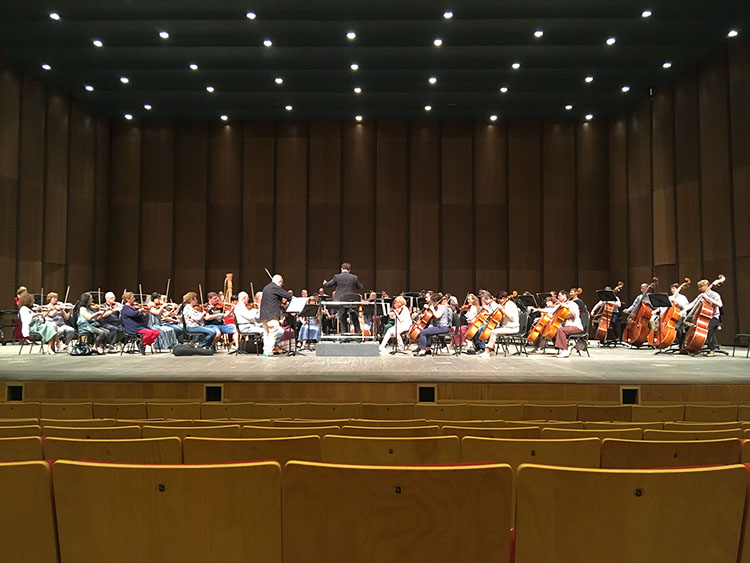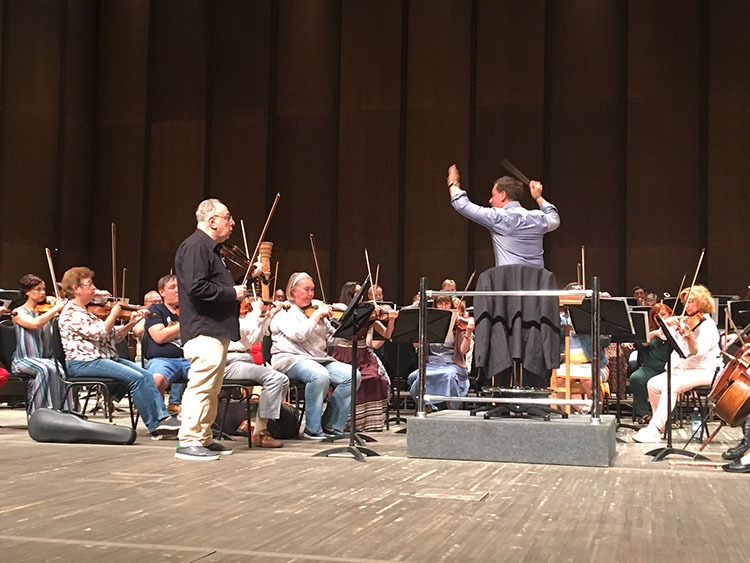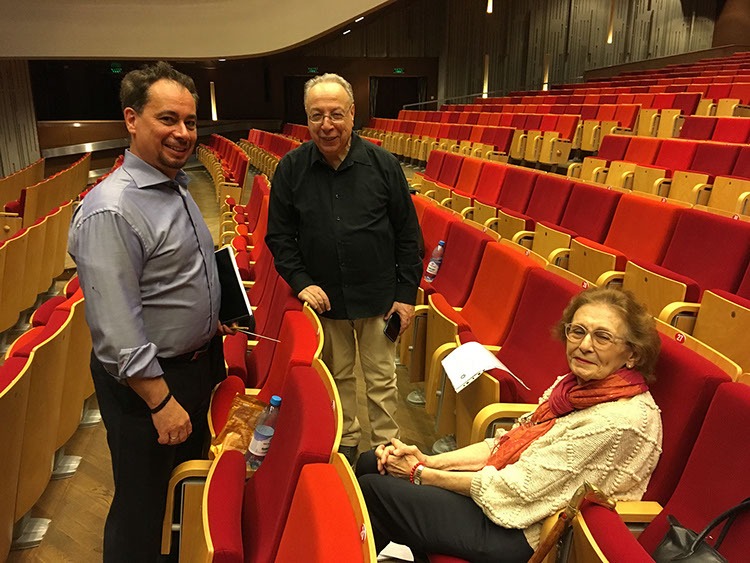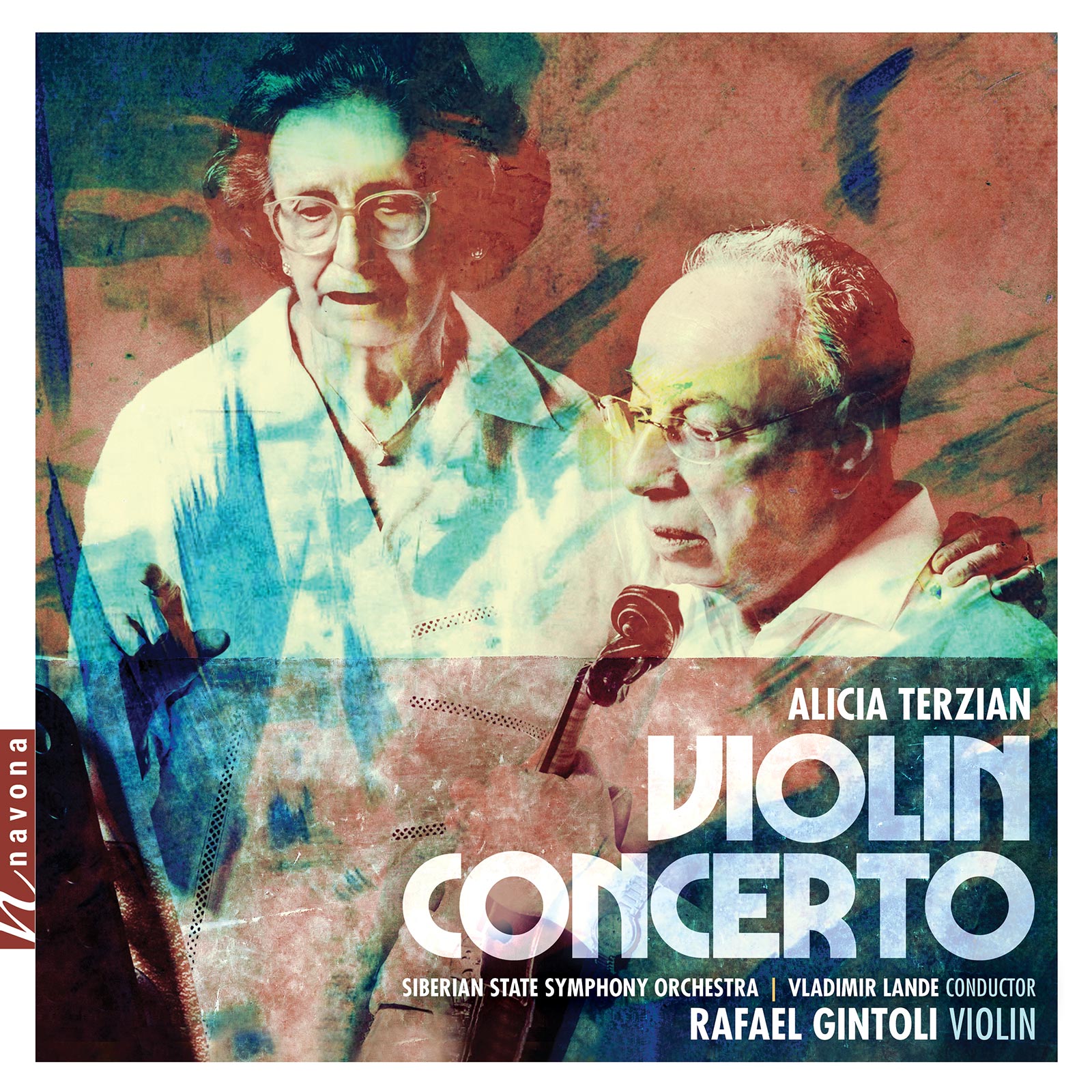
Share Album:
Violin Concerto
Alicia Terzian composer
Siberian State Symphony Orchestra | Vladimir Lande conductor
Rafael Gintoli violin
The creation of VIOLIN CONCERTO by Alicia Terzian marked the beginning of her 65-year (and counting) compositional career. Originally composed in 1954/55, this important piece of her repertoire was brought to life thanks to a collaboration between Navona Records and the Siberian State Symphony Orchestra. This album also features Terzian's Three Pieces, which listeners can remember from their previous Navona release, OFF THE EDGE.
Like Three Pieces, Violin Concerto is a work of three movements. The first, "Allegro," establishes two contrasting themes: one that is very rhythmic, the other more lyrical in nature. The work is heard through the virtuous skill of the violin soloist, Rafael Gintoli, combines elements of the two themes, and includes Terzian’s skills with microtonalism.
The second movement is based on an ancient Armenian folk melody entitled "Daughter, your mother has died." This melancholic symphonic meditation, through variations, becomes a frantic passion, concluding in an acceptant peace. The third movement, "Andante-Allegro," bursts forth with a crash of the brass section and thunder of the timpani. The movement proceeds to an allegro vivace, which drives another agile violin solo.
Three Pieces, the album's second work, was composed in 1954 and is arranged for a string orchestra and inspired by different Armenian folk melodies. It has been performed on countless European stages since its creation. Both Three Pieces and Violin Concerto are included in the repertoire of important European, Asian and American orchestras.
VIOLIN CONCERTO is a daring work that is at last available for listeners around the world to enjoy thanks to this new release by Navona Records. Terzian’s music is truly timeless; this is made evident by the fact that her compositions—including those performed on VIOLIN CONCERTO—move audiences as much today as they first did half a century ago.
Listen
Stream/Buy
Choose your platform
"This is an outstanding release which I heartily endorse, a real gem!"
Track Listing & Credits
| # | Title | Composer | Performer | |
|---|---|---|---|---|
| 01 | Violin Concerto: I. Allegro | Alicia Terzian | Siberian State Symphony Orchestra | Vladimir Lande, conductor; Rafael Gintoli, violin | 14:04 |
| 02 | Violin Concerto: II. Theme & Variations | Alicia Terzian | Siberian State Symphony Orchestra | Vladimir Lande, conductor; Rafael Gintoli, violin | 9:15 |
| 03 | Violin Concerto: III. Andante - Allegro | Alicia Terzian | Siberian State Symphony Orchestra | Vladimir Lande, conductor; Rafael Gintoli, violin | 8:14 |
| 04 | 3 Pieces for String Quartet, Op. 5 (Arr. for String Orchestra): No. 1, Canción del atardecer | Alicia Terzian | Siberian State Symphony Orchestra | Vladimir Lande, conductor; Rafael Gintoli, violin | 4:45 |
| 05 | 3 Pieces for String Quartet, Op. 5 (Arr. for String Orchestra): No. 2, Pastoral con variaciones | Alicia Terzian | Siberian State Symphony Orchestra | Vladimir Lande, conductor; Rafael Gintoli, violin | 4:50 |
| 06 | 3 Pieces for String Quartet, Op. 5 (Arr. for String Orchestra): No. 3, Danza rústica | Alicia Terzian | Siberian State Symphony Orchestra | Vladimir Lande, conductor; Rafael Gintoli, violin | 2:15 |
CONCERTO PARA VIOLIN Y ORQUESTA
Recorded August 22 - 27, 2019 at Krasnoyarsk Regional Philharmonic in Krasnoyarsk, Siberia, Russia
Session Producer & Engineer Alexei Barashkin
Assistant Engineers Regina Ablyazina, Roman Dergachev
TRES PIEZAS PARA CUERDAS
Recorded September 5 - 8, 2016 at Krasnoyarsk Regional Philharmonic in Krasnoyarsk, Siberia, Russia
Session Producer & Engineer Alexei Barashkin
Cover photograph by Studio Heinrich-Sanguinetti
Executive Producer Bob Lord
Executive A&R Sam Renshaw
A&R Director Brandon MacNeil
VP, Audio Production Jeff LeRoy
Recording Sessions Director Levi Brown
International Recording Sessions Manager, Editing & Mixing (tracks 1-3), Mastering Jan Košulič
Audio Director Lucas Paquette
VP, Design & Marketing Brett Picknell
Art Director Ryan Harrison
Design Edward A. Fleming
Publicity Patrick Niland, Sara Warner
Artist Information
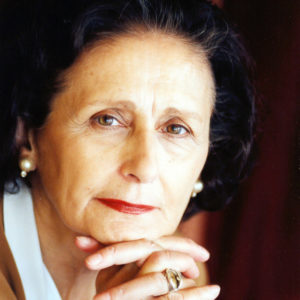
Alicia Terzian
Alicia Terzian is an internationally renowned contemporary music figure who is known for her accomplishments as a composer, conductor, and musicologist. In musicology, she specialized in Latin American and 4th thru 10th-century ancient religious Armenian music.
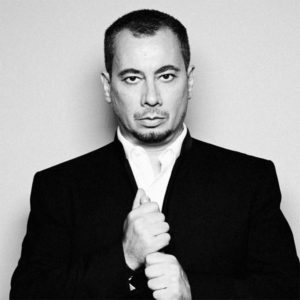
Vladimir Lande
In 2008, Lande was appointed principal guest conductor of the St. Petersburg State Symphony, and in 2011 he led the orchestra on a 24-concert "Tour of the Americas” including New York’s Alice Tully Hall, Boston’s Symphony Hall, Philadelphia’s KimmelCenter, Baltimore’s Meyerhoff Hall, and the Society of the Performing Arts in Houston, as well as the most prestigious venues in Mexico, Argentina, Brazil, Ecuador, Costa Rica, Peru, Chile, and Uruguay.
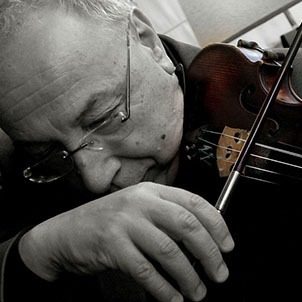
Rafael Gintoli
RAFAEL GINTOLI graduated from the Municipal Conservatory of Music "Manuel de Falla," studying violin with professors Humberto Carfi and Szymsia Bajour. In 1968 he won the Municipal Prize of Buenos Aires, and in 1972 he received a scholarship from the Mozarteum and the Ministry of Science and Education of The Hague.
